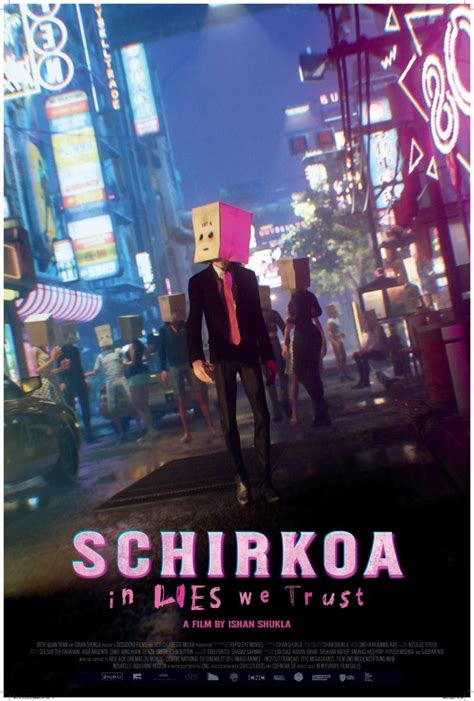Schirkoa: The Cinematic Experience as a PS3 Game Tutorial
Welcome, Player! You’re about to dive into the mysterious world of Schirkoa—a dystopian city where characters wear paper bags over their heads and the story twists in ways you can’t predict. Think of this review as your in-game tutorial for setting up a scene in a PS3-era environment, exploring both the highs and lows of this unique cinematic adventure.
Step 1: Character Setup
Imagine you’re crafting your protagonist in a PS3 game. The main character, 197A, starts off as a blank slate—a typical councilman with little personality. You can almost feel the detachment as you adjust the sliders on his persona. He’s distant, especially in the middle parts of the story, where the plot’s complexity pulls him further away from the player. But, there’s a reason for this. The character design intentionally leaves room for interpretation. Who is 197A? You decide as you navigate the city of Schirkoa.
Positives: The lack of fixed character traits lets you project your own thoughts and emotions onto 197A. This open-ended design keeps you guessing about the next plot point and makes the experience feel fresh every time. It’s like a sandbox game where the narrative possibilities are endless.
Negatives: However, this same flexibility can backfire. Without clear guidance or emotional connection, you might find yourself lost in the narrative. The character’s journey feels convoluted—sometimes like you’re just wandering aimlessly. It’s as if the game’s developers extended a short demo into a full game, and in doing so, they diluted the original impact.
Step 2: Lighting and Scene Setup
Setting up the scene in Schirkoa is akin to choosing the right lighting in a game environment. The city is a blend of gloomy, neon-lit streets that evoke a sense of dystopia reminiscent of PS3 classics. The Unreal Engine used here might not meet the expectations set by Western AAA titles, but it’s the best tool available in this new territory—think of it as working with the best shaders and textures India has to offer.
Positives: The lighting and atmosphere give you a lot of freedom to interpret the world. The game—err, movie—doesn’t spoon-feed you the story. You’re on your own, piecing together the narrative from the clues scattered across the cityscape. The environment itself tells a story, and for those who love exploration and discovery, this is a massive plus.
Negatives: That said, technical limitations are glaring. Characters often clip into each other—limbs and bodies merging in ways that break immersion. It’s like playing a game where the collision detection is buggy, and you can’t help but notice the flaws. Moreover, the uncanny valley is ever-present, especially with the paper bag heads. While the bags are a creative solution to avoid detailed facial animations, they also highlight the limitations of the rendering engine.
Step 3: Scene Transitions and Story Progression
Now, let’s move on to scene transitions and story progression—those key moments where you expect the plot to advance or characters to evolve. In Schirkoa, the story is anything but predictable. This lack of clear direction mirrors the feeling of exploring an open-world game without quest markers. Every scene is an enigma, keeping you on your toes as you try to figure out where the narrative is headed.
Positives: This unpredictability is a strong suit. Much like discovering hidden quests in a vast RPG, you’re constantly surprised by the turns the story takes. The fact that Schirkoa is a product of India’s burgeoning film scene adds a fresh cultural layer that you don’t often see in Western-centric games or movies.
Negatives: However, the story’s complexity often becomes its downfall. Without clear objectives or a strong narrative throughline, it can feel like the plot is going nowhere. It’s as if the developers stretched a short, engaging experience into a full-length game, losing the tight storytelling that made the original concept appealing.
Final Verdict: Is Schirkoa Worth the Playthrough?
If Schirkoa were a PS3 game, it would be an indie title with a lot of ambition but marred by technical and narrative issues. It’s a game that shows everyone can make it to the big screen (or console), even if the final product isn’t polished. For those who appreciate experimental storytelling and are willing to overlook some janky mechanics, Schirkoa offers a unique, culturally rich experience that’s about everything and nothing at the same time. But for others, the convoluted plot and technical shortcomings might be a dealbreaker.
So, are you ready to hit Start and dive into the world of Schirkoa? Just remember, the journey is what you make of it—glitches and all.
2/10

